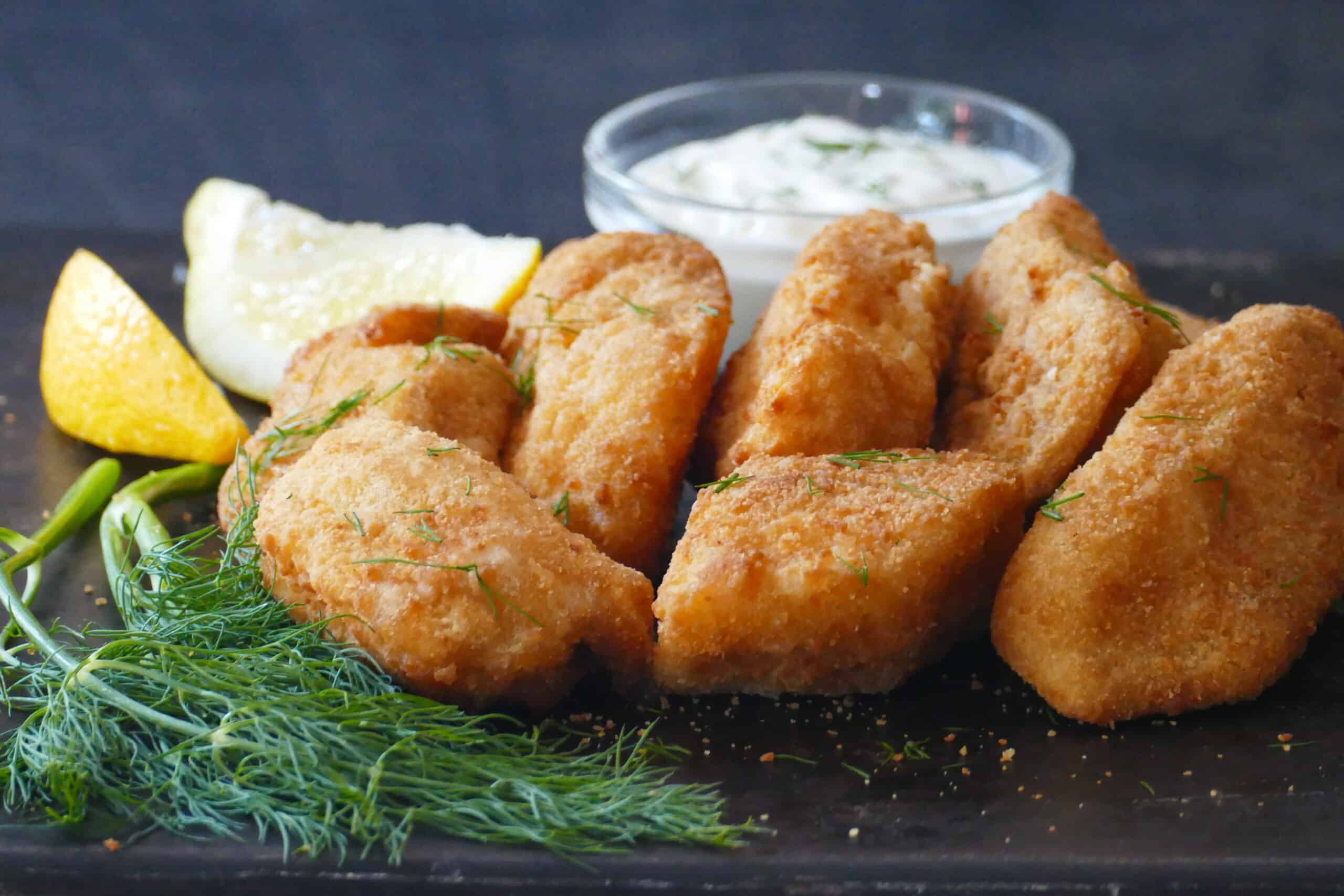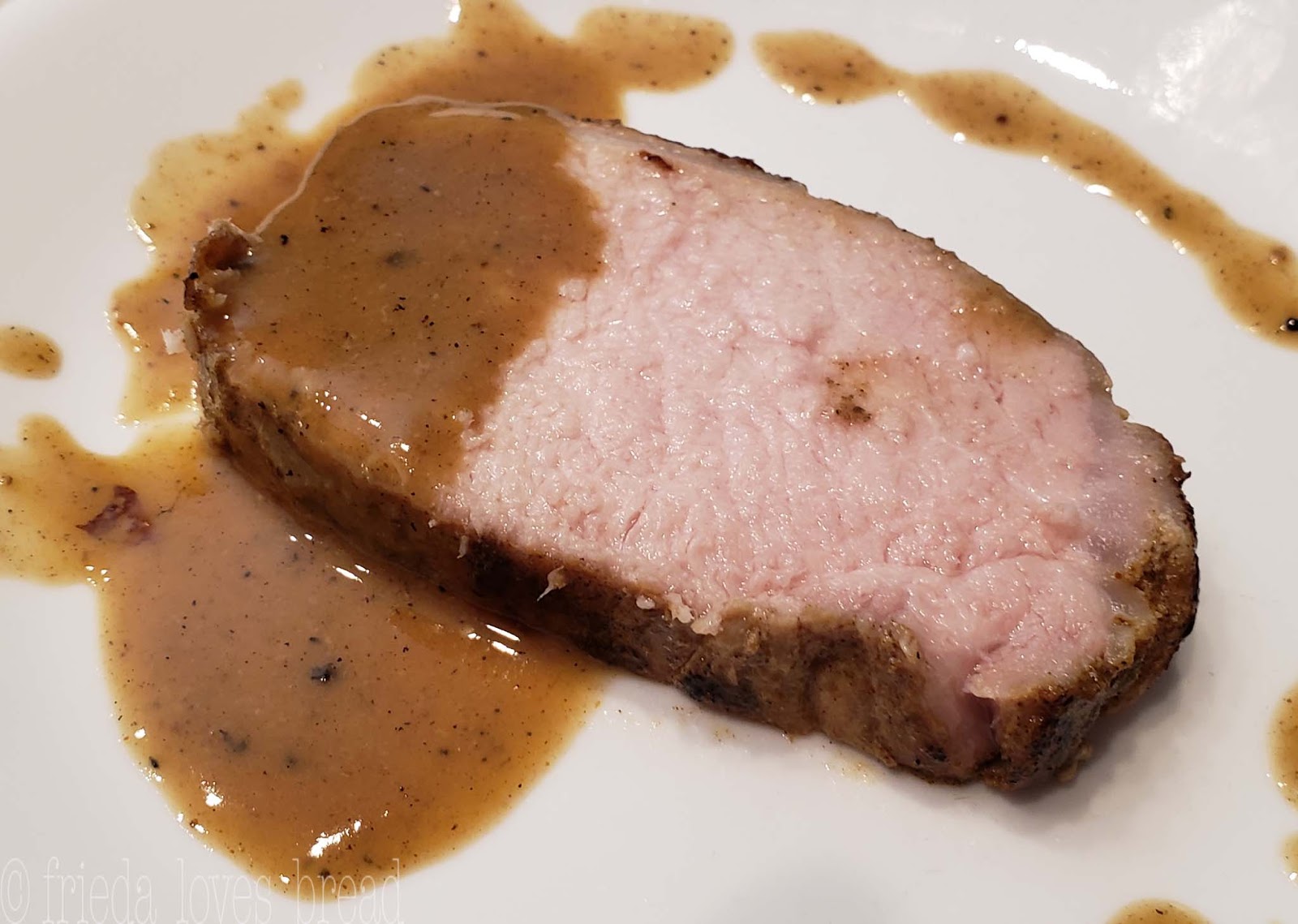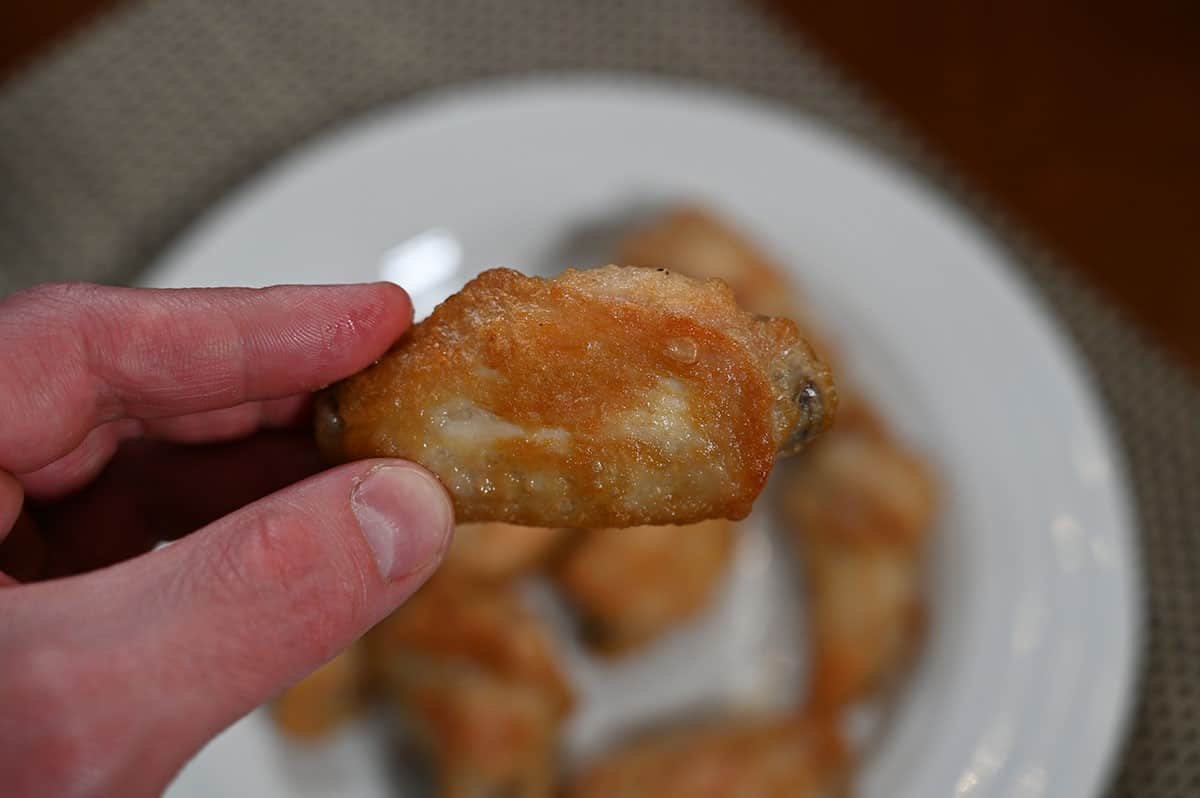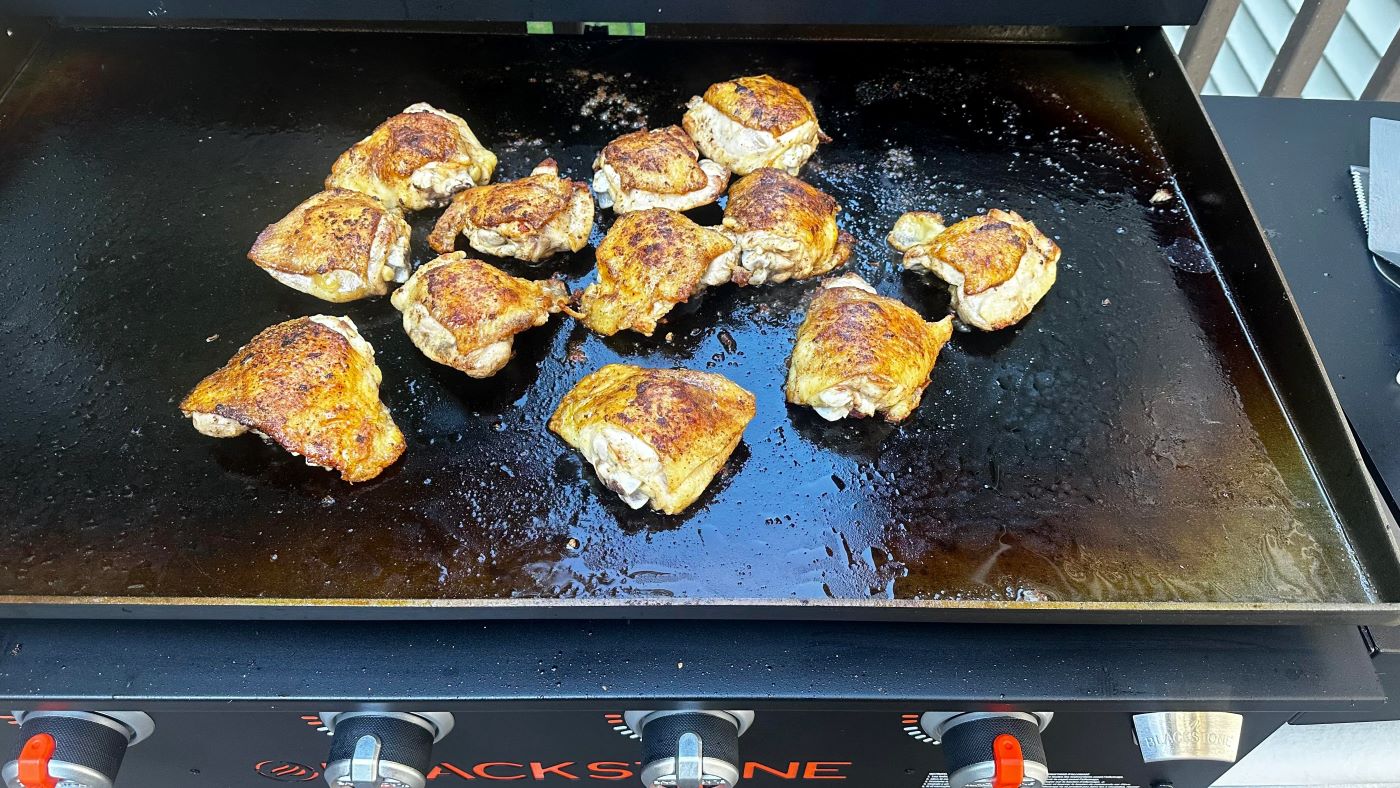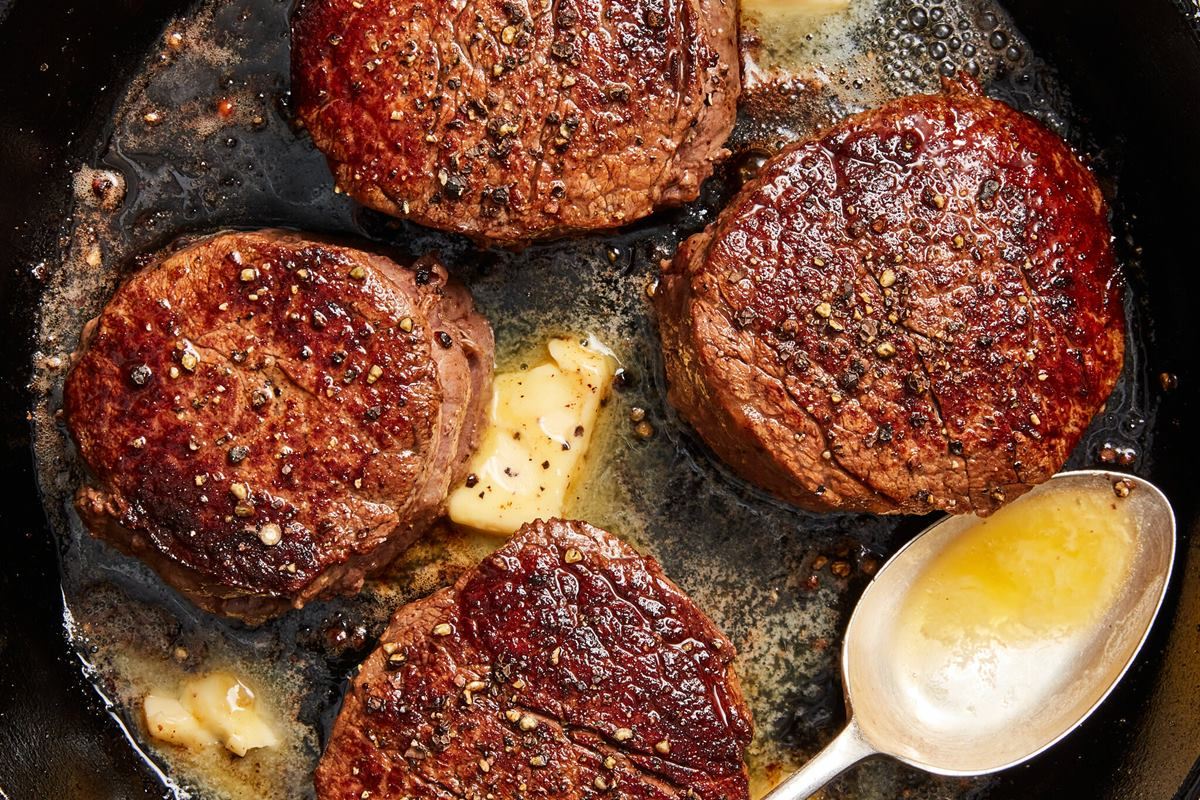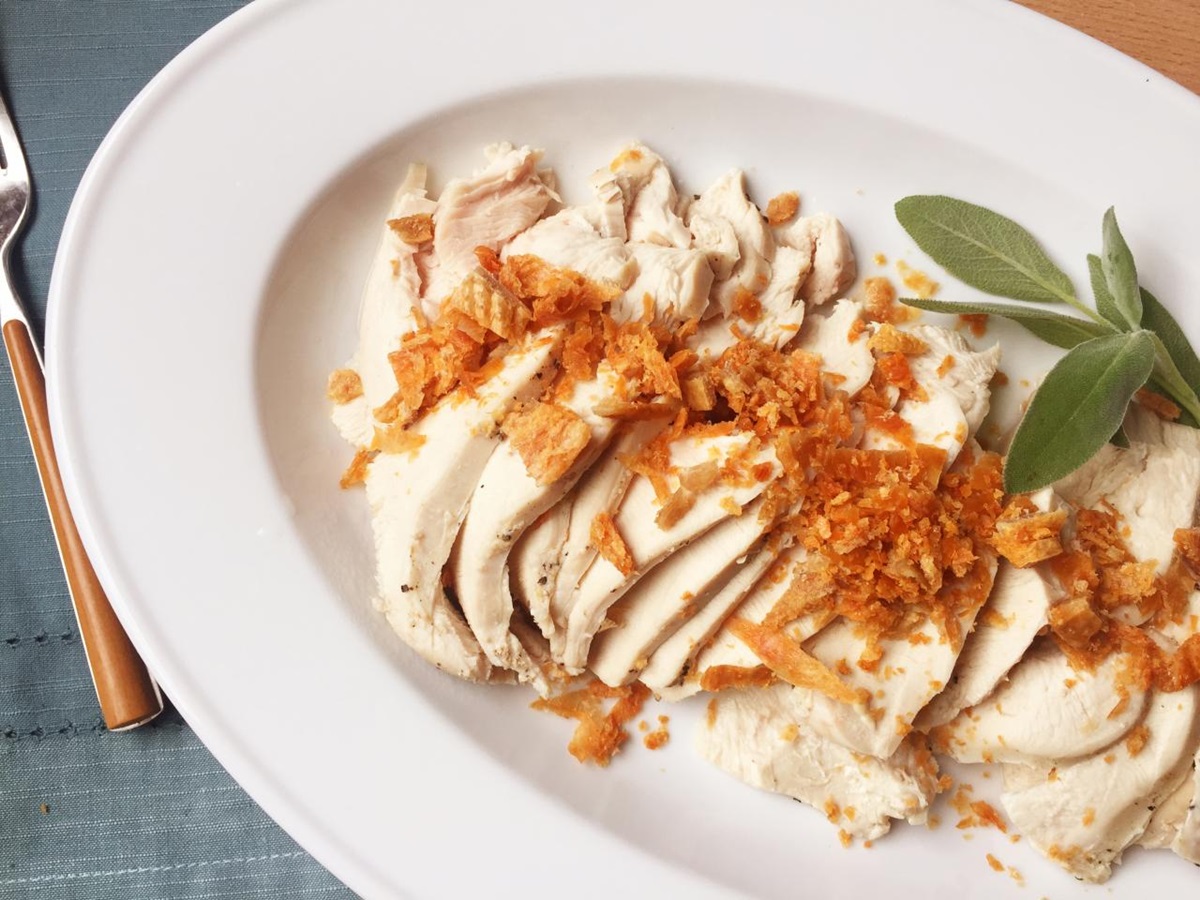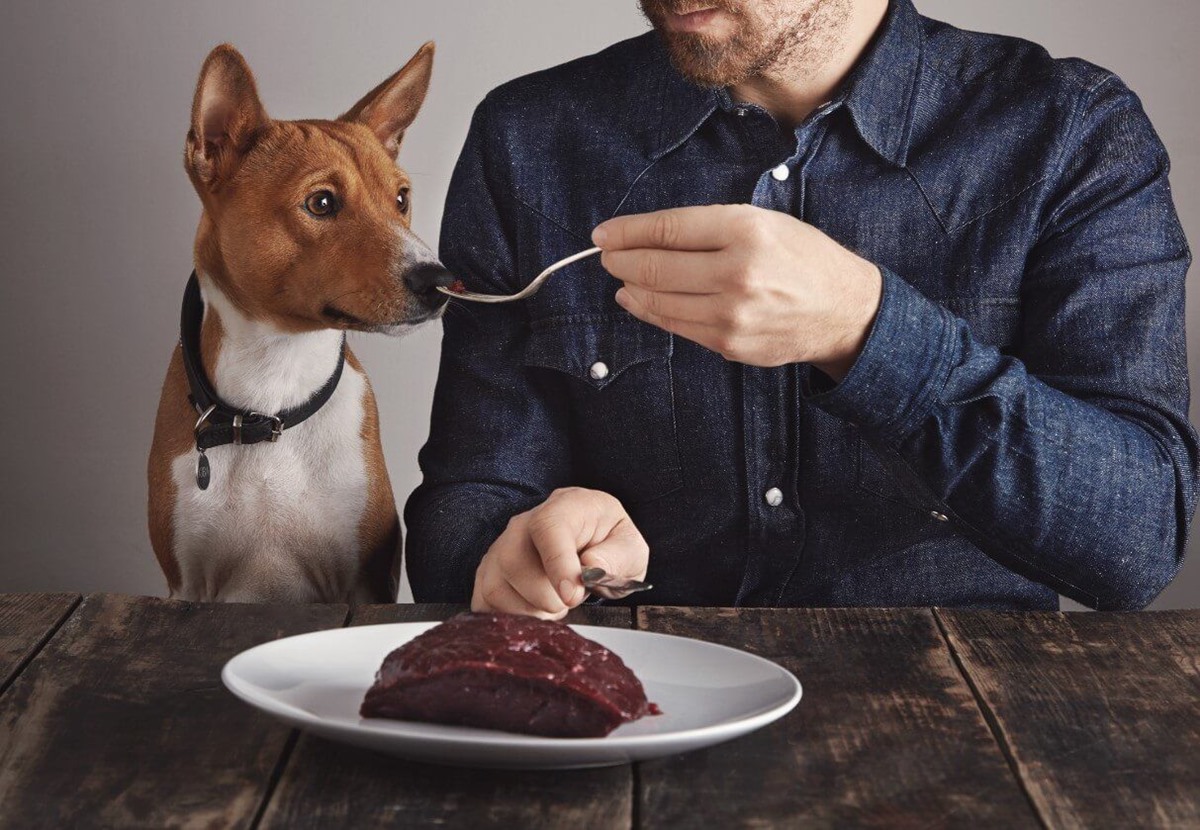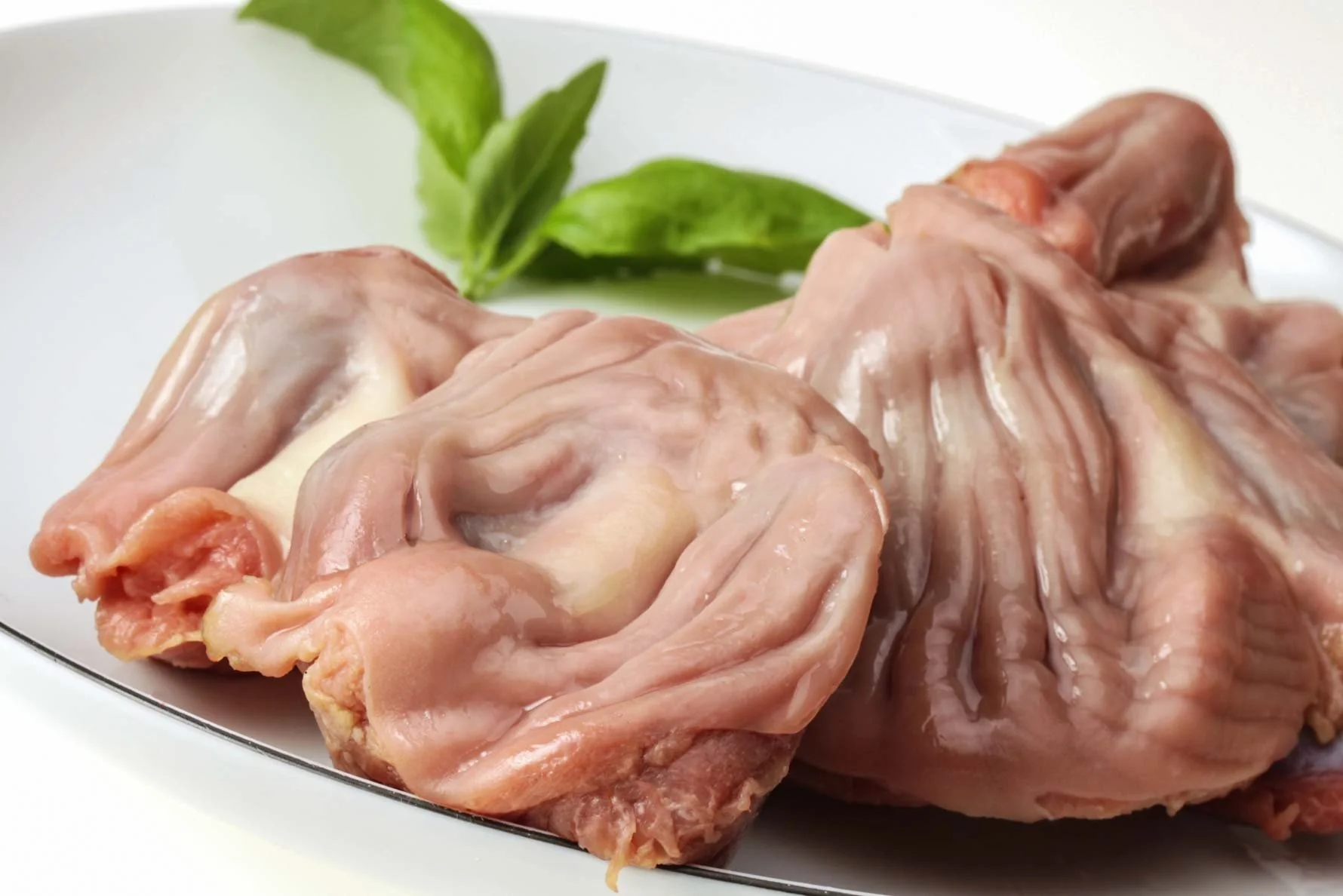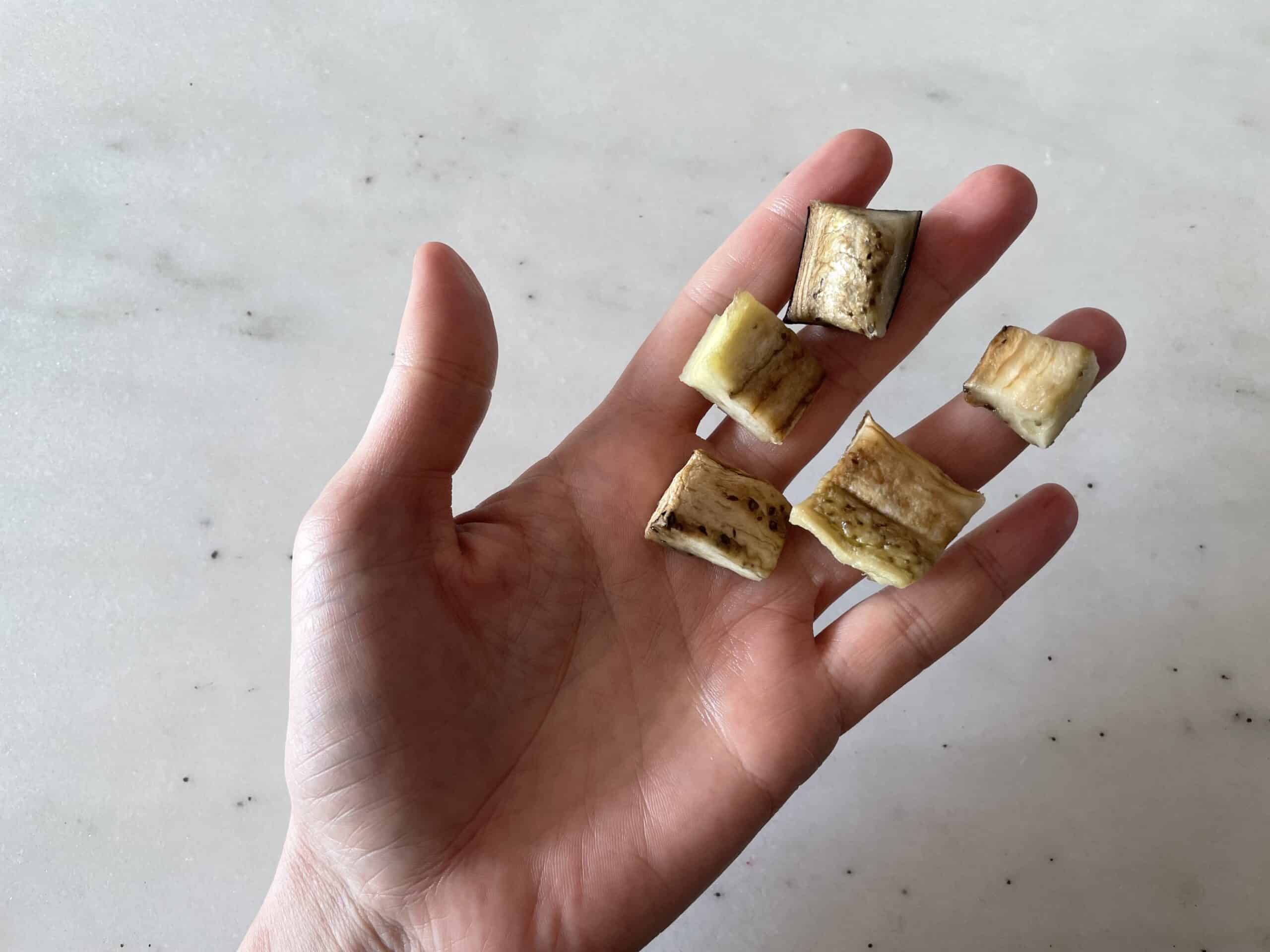How To Cook Chicken For A Cat: A Guide for Feline Foodies!
Are you a proud cat owner who loves to spoil your feline friend with homemade meals? If so, you’re in the right place! Today, we’re going to share with you the purr-fect recipe for cooking chicken for your beloved kitty.
Why Cook Chicken for Your Cat?
Feeding your cat a balanced and nutritious diet is essential for their overall health and wellbeing. While commercial cat food provides essential nutrients, incorporating some homemade meals can be a great way to add variety and ensure they receive high-quality protein.
Chicken is an excellent source of lean protein that is gentle on your cat’s digestive system. It also contains essential amino acids, vitamins, and minerals that support their growth, development, and immune system.
Step-by-Step Guide to Cooking Chicken for Your Cat:
- Choose high-quality chicken: Opt for boneless and skinless chicken breasts or thighs. Make sure the chicken is fresh and free from any seasonings, additives, or preservatives.
- Preparation is key: Thoroughly rinse the chicken under cold water to remove any bacteria. Pat it dry with a paper towel and cut it into small, bite-sized pieces. Remember to use separate cutting boards and utensils to avoid cross-contamination.
- Cooking methods: There are a few different ways to prepare chicken for your cat:
- Bake it: Preheat your oven to 350°F (175°C). Place the chicken pieces on a baking sheet lined with parchment paper. Bake for approximately 20-25 minutes or until fully cooked. Avoid using any oils or seasonings.
- Boil it: Bring a pot of water to a boil and add the chicken pieces. Cook for about 10-15 minutes or until the chicken is no longer pink in the center. Remove from heat and let it cool before serving.
- Grill it: Fire up the grill and cook the chicken over medium heat for around 10-15 minutes. Ensure that the chicken is thoroughly cooked but not charred.
- Cool and serve: Allow the cooked chicken to cool completely before serving it to your cat. This will prevent any burns or mouth discomfort. Serve the chicken in small portions, and you can store any leftovers in an airtight container in the fridge for up to three days.
- Mealtime portion: When serving the chicken, remember to remove any bones or cartilage that may pose a choking hazard for your cat. Additionally, it’s best to add cooked chicken as a topping or mix it with your cat’s regular food to ensure a well-balanced meal.
Final Thoughts
Now that you know how to cook chicken for your cat, you can treat them to a special homemade meal every once in a while. Remember, moderation is key, so it’s essential to consult with your veterinarian about the appropriate portion sizes and frequency of homemade meals for your cat.
Cooking chicken for your cat is a labor of love that shows just how much you care. So, put on your apron, gather your ingredients, and get ready to impress your feline friend with a delicious homemade chicken feast!
Was this page helpful?
Read Next: How To Cook Stuffed Chicken Thighs
